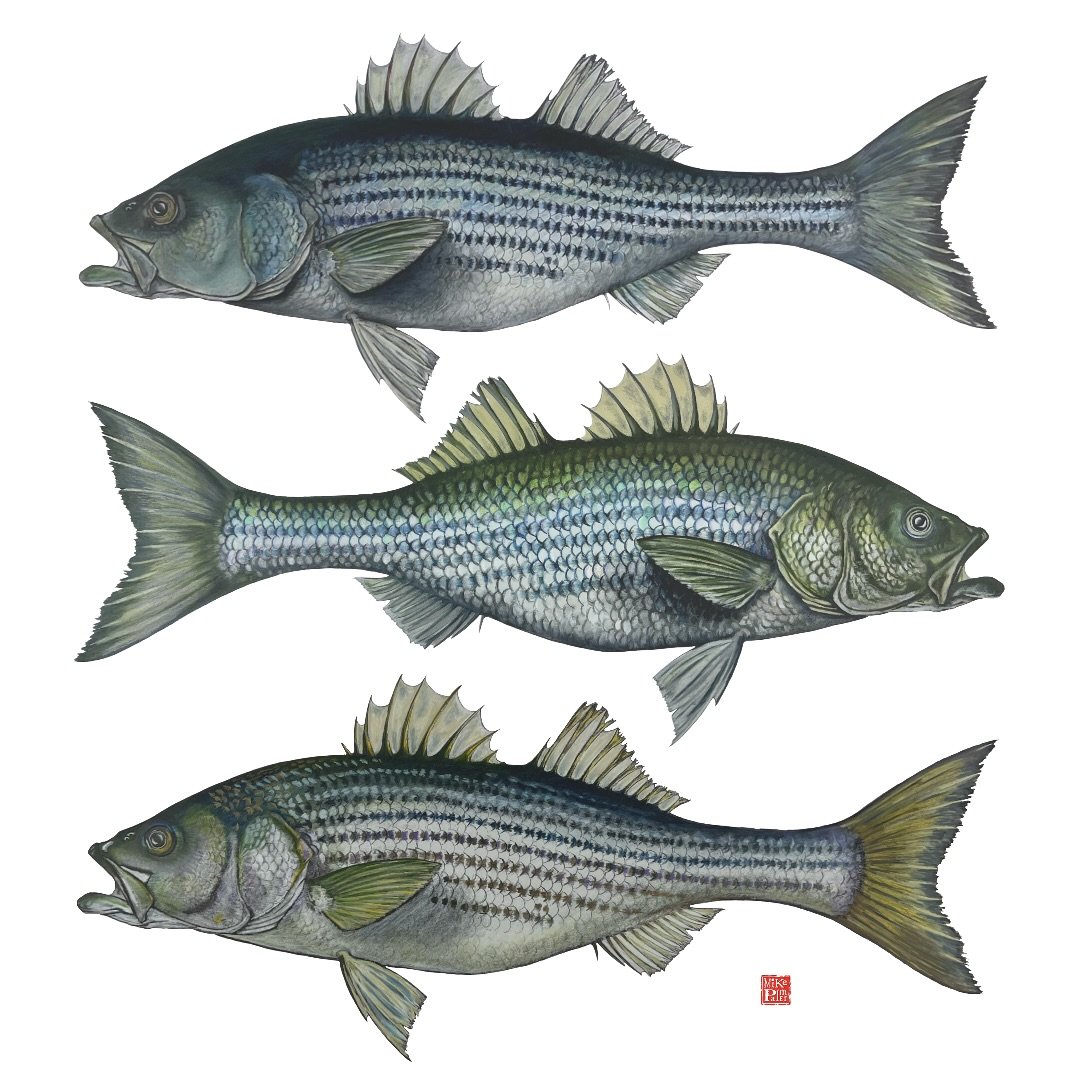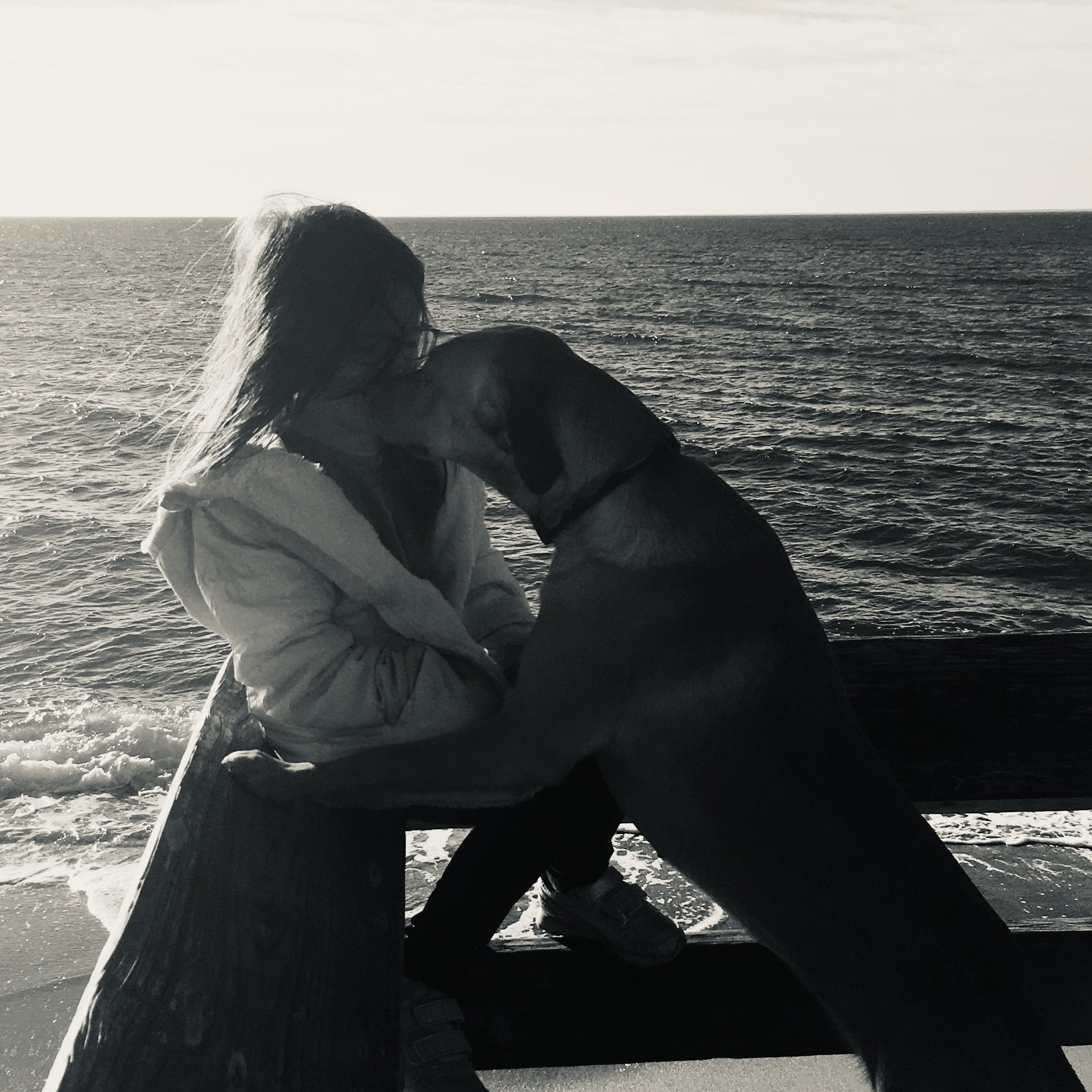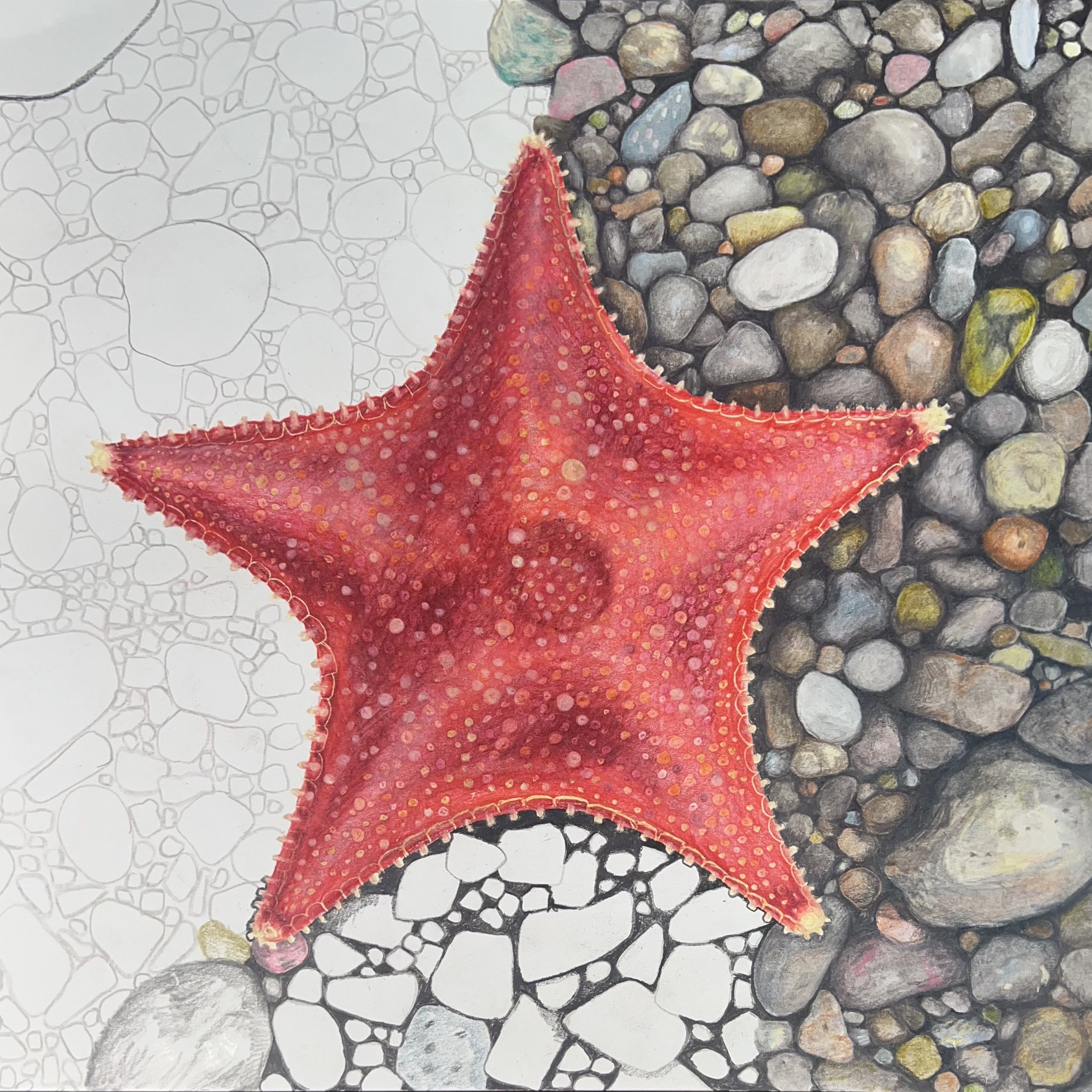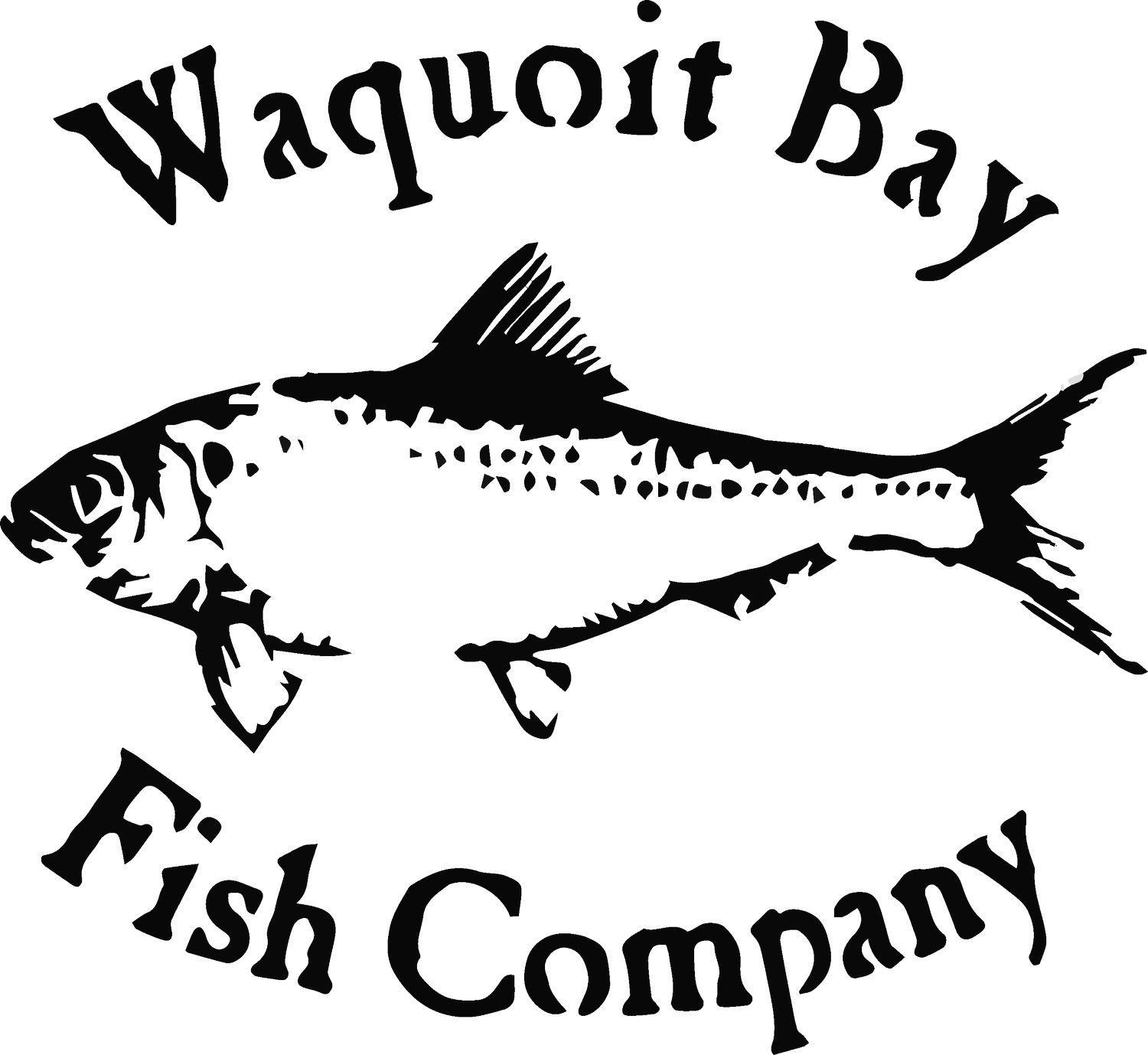Art. Life. Place. - A Blog

Original Fish Prints
In this blog post I pull back the curtains on my fish print drawing process and describe the two-stage drawing process in depth. The first stage of the process is the grey-scale drawing, where I make reference sketches and a final graphite drawing of the fish. Once the grey-scale drawing is complete, I produce a giclee print of the grey-scale drawing on hemp paper. In the second stage I hand color each print with colored pencils bringing the fish alive with vibrant colors. Each colored-pencil fish print is an original piece of unique art.

Devil’s Purse
Mixed in among the seaweed, eel grass, and bits of crustacean strewn among the wrack line, one can often find black leathery pouches known as a “devil’s purse”. These pouches have a distinctive flattened, rectangular shape with tendrils or horns at the corners, resembling purse strings or devil's horns, hence the name. These odd pouches are actually egg cases produced by a type of fish called skate. Among the most common egg cases found along Cape Cod beaches are those of the clearnose and little skates. While the terms "devil's purse" may not have scientific significance, it provides a way for people to describe and engage with the natural world, linking folklore and natural history.

The Fish Called Grampus
Today the whale species referred to as the grampus is the Risso’s dolphin of the genus, Grampus. Grampus can also refer to various other small black cetaceans like the killer whale or the pilot whale. Of the pilot whales, there are two species - the long-finned (Globicephala melas) and the short-finned (Globicephala macrorhynchus). At-sea they are difficult to distinguish from one another. That said, the colonial and native New Englanders that relied on them for food and oil didn’t bother themselves with such details. Hell, they didn’t bother differentiating fish from whales, though they did spend considerable effort locating, capturing, and harvesting the animal they called grampus, or the blackfish. On Cape Cod, blackfish was an important resource for the native Wampanoag and later the colonial New Englanders that inhabited this land. So important, that both the Pilgrims and Thoreau wrote about it.

Art, Life, and Place: The Crossroads of Creativity, our Identity, and the Environment
Art and life are inextricably linked, and the places we live shape our experiences and perspectives. Place also plays a critical role in the creation of art. Our sense of place is intimately tied to our sense of self, and the places we inhabit shape our identities and the stories we tell about ourselves. The communities we grow up in, and the landscapes we traverse, all leave their mark on us. They influence our beliefs, values, and perspectives. Art allows us to explore and understand the relationship between place and identity. Art is also a way to share our experiences about place, making it a powerful tool to connect with others and build community.

The Art of Practice
When I sit down to work I focus on bringing projects from conception to completion, rarely deviating to explore new territory or simply sit and work on a technique. Lately I’ve been trying to force myself to take the time to just sit and practice the craft. It’s not a lot of time, maybe just 10 minutes on some days and an hour or more on others. Regardless of the time, the work is focussed on the exploration of technique, not on the quality of the final product. I’m only a few weeks into this, but I’m finding that it’s made me a better artist and opened up new avenues I wouldn’t have considered before. While I’ve found this process immensely helpful, it is still a struggle to find the time, and when I do, to just let go. It seems practice requires practice, too.
